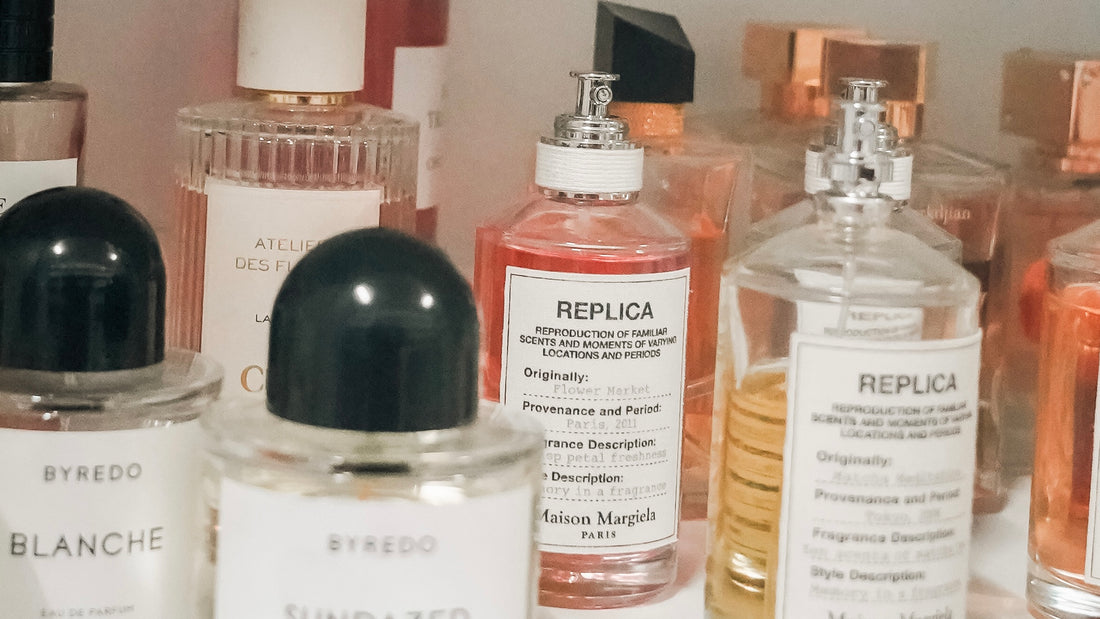
A Guide to Perfume Notes: Unlocking the Secrets of Scent
Have you ever wondered why a perfume smells different after a few hours or why some scents seem more complex than others?
The answer lies in understanding perfume notes. Today, we're demystifying the world of fragrance notes to help you become a more discerning scent connoisseur.
What Are Perfume Notes?
Perfume notes are the individual scents that we can detect in a fragrance. These notes are divided into three main categories: top notes, middle notes, and base notes. Together, they create a perfume's unique olfactory profile.

Top Notes
These are the first notes you smell when you apply a perfume. They are usually light and evaporate quickly, lasting around 15-30 minutes. Common top notes include citrus fruits like lemon and bergamot, as well as herbs like basil and lavender.
Middle Notes
Also known as the "heart" or "core" of the fragrance, middle notes emerge after the top notes dissipate. They last longer, typically for 20-60 minutes, and are often floral or spicy, such as rose, jasmine, or cinnamon.
Base Notes
These are the notes that linger the longest, providing the underlying tone for the perfume. Base notes are often woody, earthy, or musky, like sandalwood, vetiver, or vanilla, and can last for several hours.
The Perfume Pyramid
Visualize the composition of a fragrance as a pyramid. The top of the pyramid represents the top notes, the middle represents the middle notes, and the base represents the base notes. As time passes, you move down the pyramid, experiencing each layer of scent.
How to Test Perfume Notes
When sampling a perfume, give it time to unfold. Spray it on a blotter or your wrist and wait for each set of notes to emerge. This will give you a complete picture of how the fragrance evolves.
Why Understanding Notes is Important
Recognizing the notes in a perfume can help you identify fragrances that you're likely to enjoy and ones that will complement your natural body chemistry. It also allows you to understand the complexity and craftsmanship behind each scent.
Conclusion
Understanding perfume notes is key to appreciating the complexity and beauty of fragrances. It can help you make more informed choices and even deepen your love for this timeless form of self-expression. So, the next time you spritz on a fragrance, try to identify its top, middle, and base notes. Happy sniffing!
